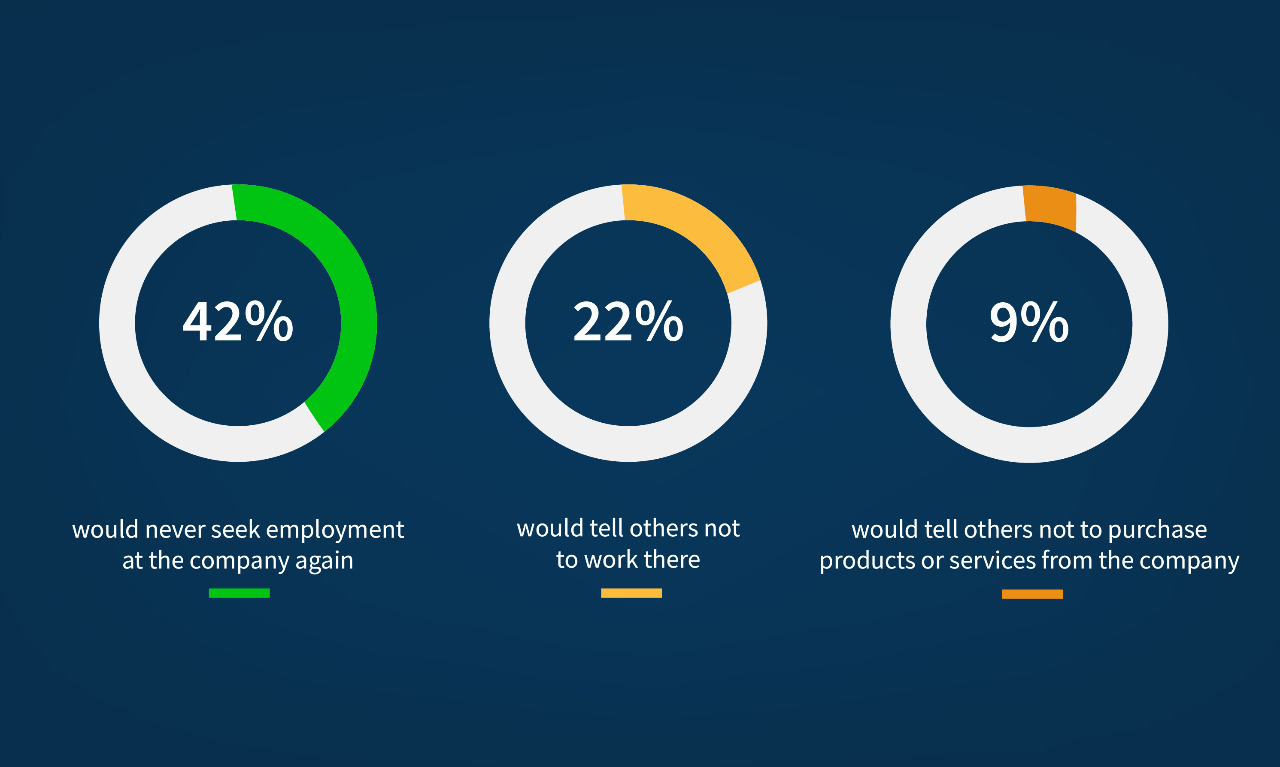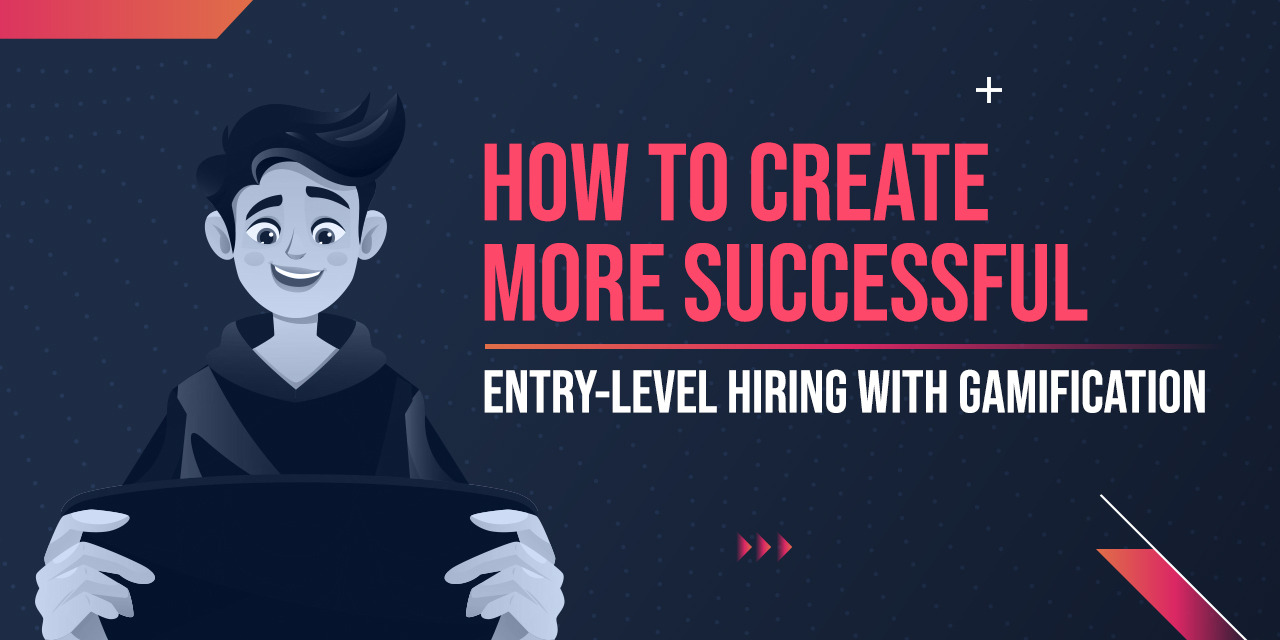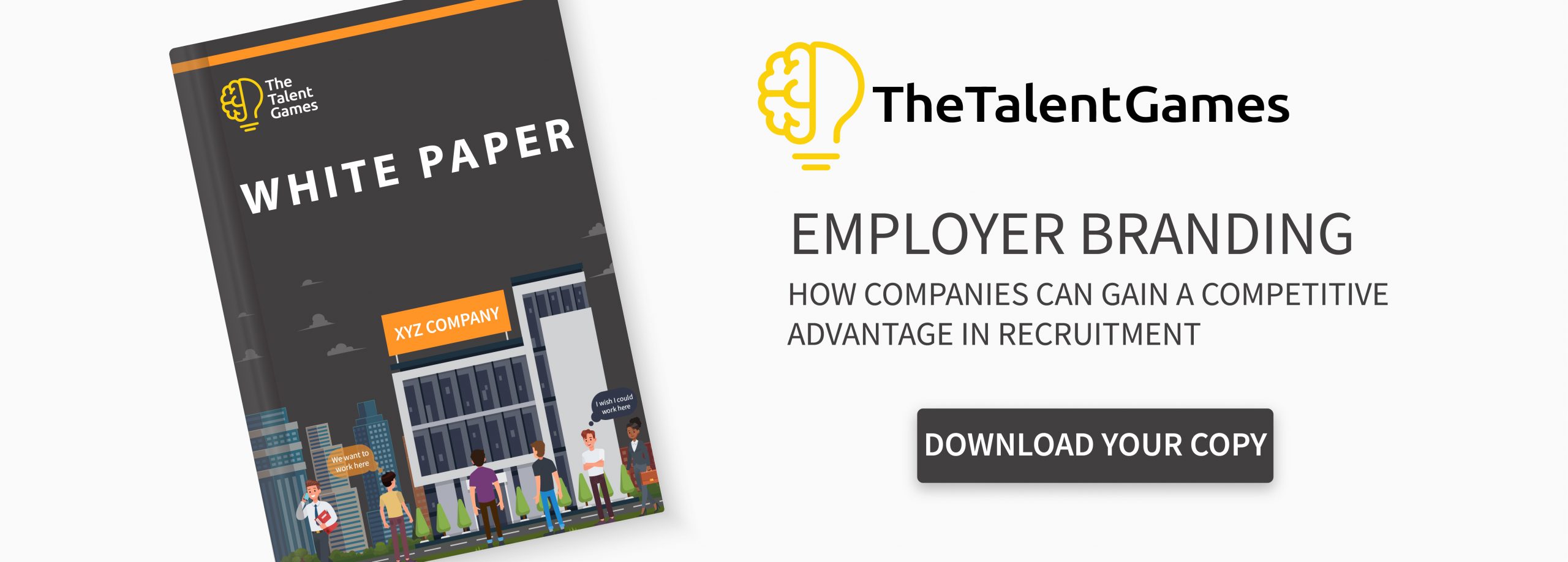Arguably, entry-level hiring is incredibly underrated in most organizations. They do the tasks that many veteran employees now see as beneath them. They’re often the last to receive praise for a job well done. And, worst of all, their most important contribution — preparation to become the future of the company — is taken for granted.
The ability to find and hire great entry-level talent gives companies the opportunity to retain high performers throughout the course of their professional careers. But, for many organizations, the hiring process for entry-level positions is an afterthought.
A 2015 Society for Human Resource Management survey of 521 HR professionals found that only 20 percent of respondents were very or extremely confident in their organization’s ability to assess the skills of entry-level job candidates. That seemed to leave an alarming number of companies that were, and probably still are, indifferent as to how they hire these employees.

Have a holistic approach to employer branding
If you want the pick of the bunch, you cannot afford to ignore your employer brand. It’s not surprising that a company known for being a notorious workplace will fail to attract top talent.
24/7 Wall St. compiled the worst place to work list using data from career website Glassdoor, which gathers ratings on more than 400,000 companies globally. Have a look.
- Kraft Heinz was the 18th worst company. Employees on surveys cited poor work-life balance, with one employee having posted, “11 hour days have become the norm.”
- CDK Global was the 16th worst company. Just 38 percent of reviewers approved of the CEO and only 39 percent would recommend that a friend take a job with the company.
Employers need to learn to brand their companies differently to differentiate themselves from the competitors. Goes without saying, but to be an employer of choice and attract the best talent especially when it comes to entry-level hiring, companies would have to reengineer their regular employer brand to a digitally powered employer brand.
And this can be done with gamification. Companies can build an employer brand that resonates with candidates by providing the best-in-class digital experience for their candidates and cultivating a strong social media presence.
Hire candidates for skills, not experience
Very often, educational requirements create hurdles when it comes to most in-demand jobs. A McKinsey research shows that nine in ten postings in growing industries like technology, healthcare, and business management require a bachelor’s degree, even though many of these jobs can and should be viable options for those without advanced education. On the other hand, employers can expand the size of their talent pools by focusing on skills, allowing them to easily fill the hard-to-fill roles.
Moreover, it is highly unlikely that entry-level candidates have enough industry experience. That said, employers also know that in the next three years millennials will be making up 75 percent of the workforce; therefore, they need to get into their minds to attract, retain and motivate this group of workforce.
This is where gamification steps in. Gamified assessments are not only engaging and fun, they also evaluate candidates on their cognitive abilities, personality traits, problem-solving skills, etc., enabling them to unearth their true potential and ability in a entertaining way. These tests are best used as a pre-screening tool and help hiring managers reduce the number of applicants.
Track new talent pools
It’s easy to get stuck in a talent pool rut and revert to a particular candidate source over and over again if it worked in the past. However, what recruiters might not realize is that this closes off new and possibly better options.
The fact of the matter is not many companies are working towards building new sources for entry-level hiring. A 2015 ManpowerGroup survey of more than 41,700 hiring managers in 42 different countries revealed that only one in 10 companies were trying to tap into new talent pools.
The takeaway? Don’t miss out on exploring candidates that have a high potential to perform brilliantly. Look past the high rank institutions when recruiting entry-level employees. Reach out candidates through social media and online communities that cater to the young adults. Craft engaging job ads to show how employees in this position can grow at your company.
Offer an unrivalled candidate experience
A survey conducted by Harris Interactive across 3,991 workers in full-time employment demonstrated a negative application experience can dramatically impact an employer’s ability to recruit or sell products:

Gamification presents itself as the panacea for hiring worries by being effective, engaging, quick and, of course, fun. As an innovative strategy for attracting and engaging the modern job seeker, gamification mitigates a great deal of hiring issues, allowing employers to present their potential candidates in a captivating way to interact with the company even before getting their foot in the door.
Seventy-eight percent of the respondents, in a survey carried out by TalentLMS, said that gamification in the recruiting process would make a company more desirable.
Gamification enables candidates to have fun and connect to a company in an authentic way while also facilitating the employer to discover the cream of the crop. With candidate reports, job seekers learn from the immediate feedback provided to them at the end of the recruitment game, ensuring consistent communication and transparency with the organization and saving them dreadful days of wait.

